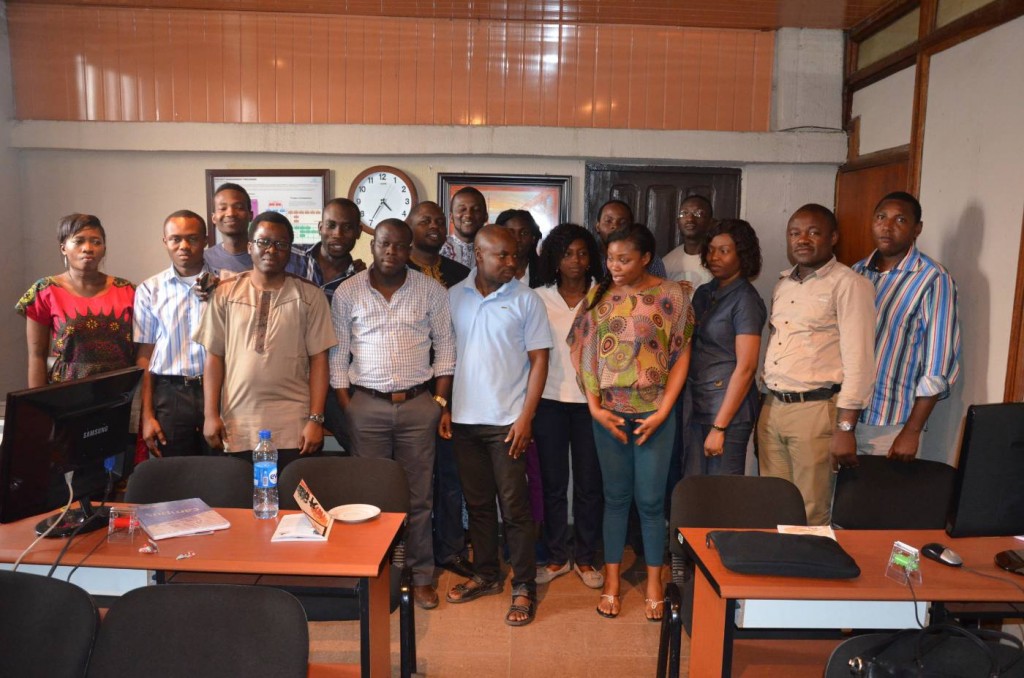“If a picture is worth a thousand words, then a prototype is worth a thousand pictures.” -Doug DeCarlo
A greenhorn PM asked the above question in class and I was shocked that even experienced PM delegates could not answer it convincingly when thrown open for discussion. I gave them as an assignment to encourage self-discovery and they all came back totally off the mark. As coincident goes, I received an email the same day from an MBA student asking me to clarify the same subject. After answering all inquiries, I realized I needed a central place to refer such question(s) if it ever came up.
PMBOK (Project Management Body of Knowledge) is a generalized (high Level) guide for best practice project implementation. It can be customized for purpose, company, culture, etc. It attempts to cover all successful tools and techniques for different types of project.
AGILE is a specific (low level) methodology for managing projects whose requirement is not known upfront. It has an iterative/prototyping approach to eliciting requirements. It includes the following methodologies:
- SCRUM
- XP (Extreme Programing)
- Rapid Application Development (RAD) Model
- Rational Unified Process (RUP) Model
- Lean
- Crystal
- Dynamic System Development Method (DSDM)
- Feature Driven Development (FDD)
A cursory look at the list of AGILE methodologies and Software Development comes to the picture. With increase in the use of software (e.g. Modern Cell Phones which is a hybrid of hardware and software), AGILE has become hugely popular.
AGILE is part of PMBOK
The Confusion
Some authors1, 2 misconceive the PMBOK guide as the Waterfall Model of the Software Development Lifecycle (SDLC)
Characteristics of the Waterfall Model
- All requirement must be known upfront
- Projects are divided into phases (Analysis-Design-Coding-Testing-Deployment)
- Customers don’t see products until finish. The downside of this is that requirement may have changed and not until customer see and use product, that they truly understand their requirement hence scope creep, schedule delay and cost overruns characterize this model.
Compare characteristics of Waterfall to PMBOK
- PMBOK does not believe all requirement must be known upfront. It believes in Progressive Elaboration – requirement elicitation through prototyping (A Tool in the Collect Requirement process). PMBOK is also a proponent of Rolling Wave planning (iterative planning).
- PMBOK also believes that project could be in phases but not like the Waterfall. The 5 process group of the PMBOK are not phases, they are steps that should be accompanied to manage individual phases.
- The Analysis Phase has Initiating, Planning, Execution, M&C, Closing;
- the Design Phase also has Initiating, Planning, Execution, M&C, Closing;
- the Coding Phase also has Initiating, Planning, Execution, M&C, Closing;
- the Testing Phase also has Initiating, Planning, Execution, M&C, Closing;
- The Deployment Phase also has Initiating, Planning, Execution, M&C, and Closing.
- In PMBOK guide unlike the Waterfall model, customers are part of building the product. The Validation Scope process in the Scope Management knowledge area ensure this.
Ok, since Agile is part of PMBOK, there are notable differences:
- Accountability is solely on the Project Manager for PMBOK but all team members are accountability in AGILE.
- Co-location is vital for successful AGILE implementation but PMBOK permits virtual teams.
- Application of Earned Value Management is essential to control cost and schedule performance in PMBOK but difficult to achieve in AGILE since baseline cannot be accomplished.
- PMBOK believes in Collecting all Requirement to Define Scope to build WBS (Work Scope). WBS becomes the frame for developing the Project schedule and budget. Agile believes in the dynamism of Requirement elicitation to build FBS (Product Scope) hence Project schedule and budget is unknown until product is completed.
- A close look at the two and one will notice that PMBOK is more a “Push” model (Prescriptive approach to Project Management) while Agile is a “Pull” model exclusively.
References
- Jim Highsmith: “Agile Project Management; Creating Innovative Products.”
- Doug DeCarlo: “Extreme Project Management”

